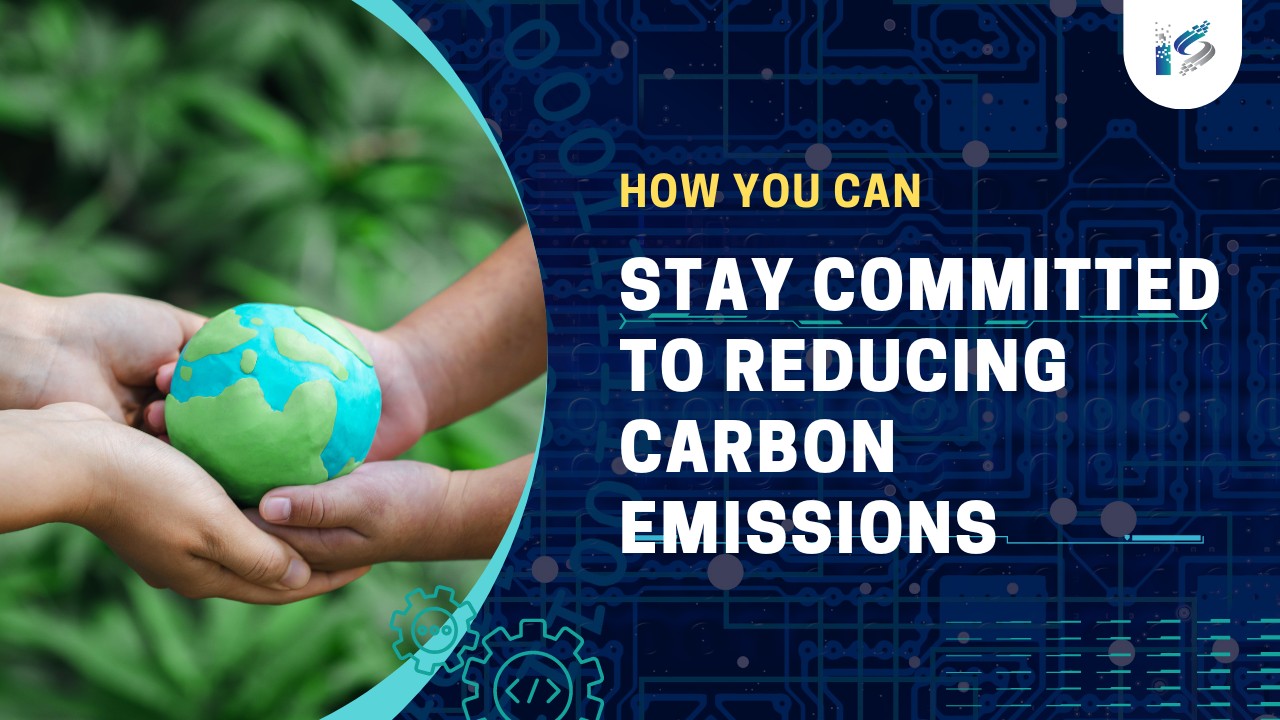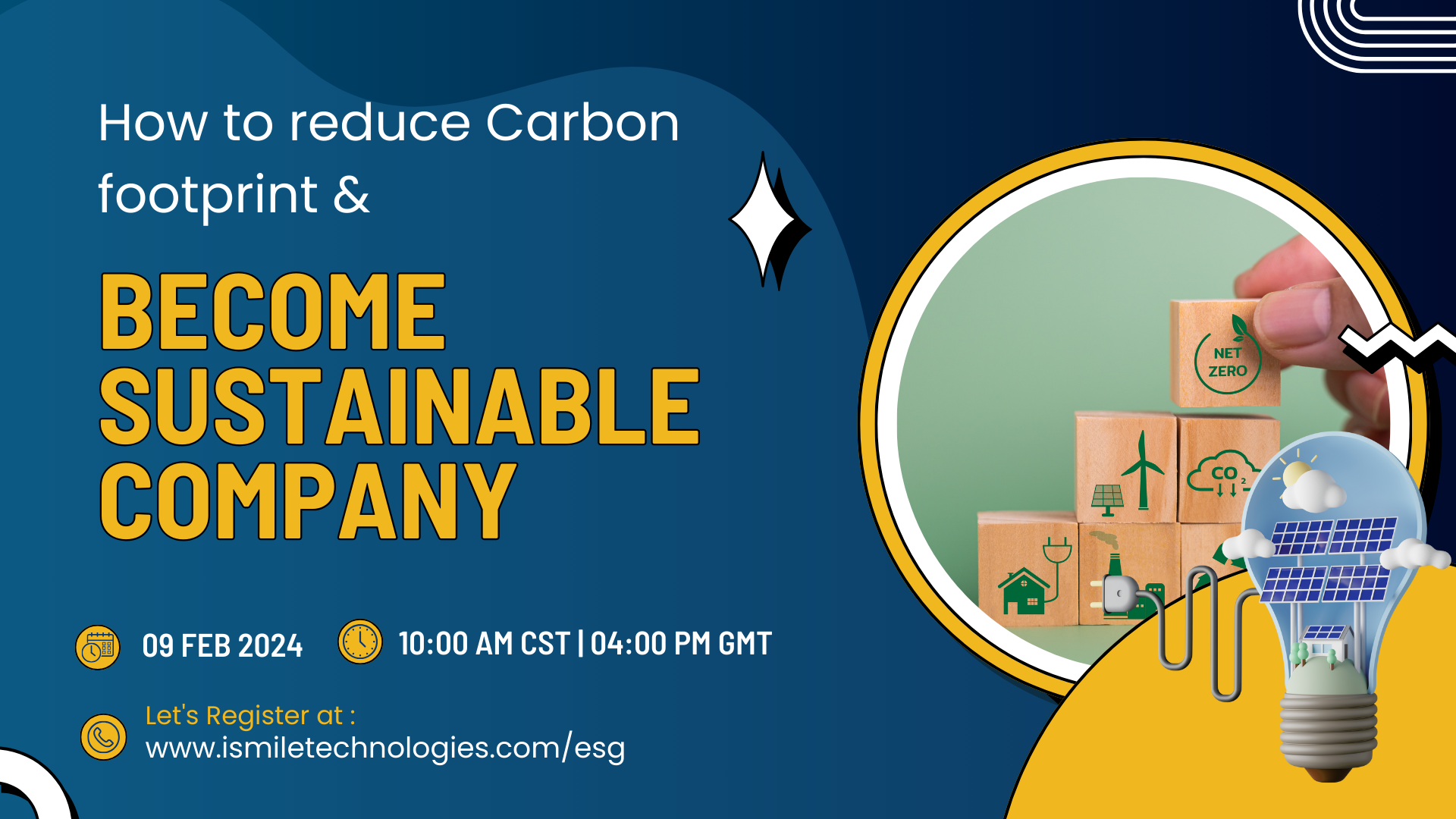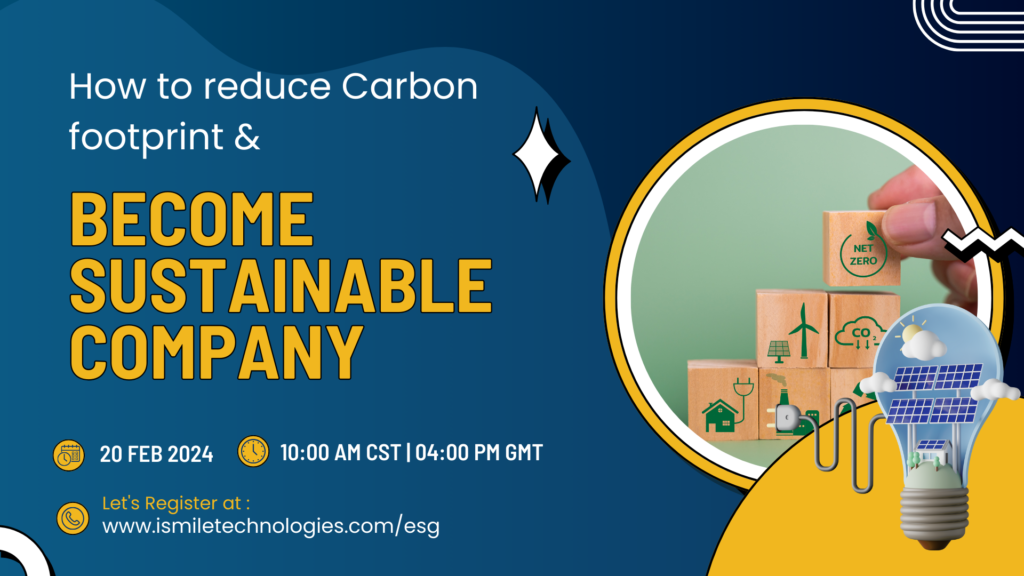In today’s world, the issue of climate change is a pressing concern that requires immediate action. Carbon emissions, primarily caused by human activities, are a major contributor to global warming. To combat this problem, it is crucial for individuals and communities to stay committed to reducing carbon emissions. In this article, we will explore various strategies and actionable steps that you can take to make a positive impact on the environment.
Understanding Carbon Emissions
Before diving into the ways to reduce carbon emissions, it’s important to have a basic understanding of what they are. Carbon emissions refer to the release of carbon dioxide (CO2) and other greenhouse gases into the atmosphere. These emissions come from various sources such as burning fossil fuels for energy, transportation, industrial processes, and deforestation.
1. Embrace Renewable Energy Sources
One of the most effective ways to reduce carbon emissions is to transition to renewable energy sources. By relying less on fossil fuels and more on renewable sources like solar, wind, and hydroelectric power, we can significantly decrease our carbon footprint. Consider installing solar panels on your home, supporting renewable energy initiatives, and advocating for clean energy policies in your community.
2. Promote Energy Efficiency
Improving energy efficiency is another key strategy in reducing carbon emissions. Simple actions like switching to energy-efficient appliances, using LED light bulbs, and properly insulating your home can make a substantial difference. Encourage others to adopt energy-saving practices and raise awareness about the importance of energy efficiency.
3. Opt for Sustainable Transportation
Transportation is a significant contributor to carbon emissions, especially with the widespread use of fossil fuel-powered vehicles. To combat this, consider alternatives such as carpooling, biking, or using public transportation whenever possible. If feasible, investing in an electric vehicle can greatly reduce your carbon footprint and support the growth of sustainable transportation.
4. Practice Sustainable Consumption
Our consumption patterns have a direct impact on carbon emissions. By making conscious choices and adopting sustainable consumption habits, we can contribute to reducing carbon emissions. Support businesses that prioritize sustainability, reduce waste by opting for reusable products, and choose locally sourced and organic goods whenever feasible.
5. Reduce, Reuse, Recycle
The three R’s—reduce, reuse, and recycle—play a crucial role in waste management and carbon emissions reduction. Minimize your waste generation by avoiding single-use plastics, opting for reusable products, and composting organic waste. When recycling, ensure that you follow proper guidelines and segregate different types of materials appropriately.
6. Support Afforestation and Reforestation
Trees act as natural carbon sinks, absorbing CO2 from the atmosphere and releasing oxygen. Supporting afforestation (planting trees in areas where there were no previous trees) and reforestation (replanting trees in areas where they were previously removed) initiatives can help mitigate carbon emissions. Participate in tree-planting drives, support organizations working towards reforestation, and advocate for forest conservation.
7. Educate and Raise Awareness
Education and awareness are vital in inspiring others to join the fight against carbon emissions. Share your knowledge about climate change and its impact on social media, organize community events or workshops, and engage in conversations with friends, family, and colleagues. Encourage schools and educational institutions to incorporate climate change and sustainability into their curriculum.
8. Engage in Sustainable Agriculture
The agriculture sector contributes to carbon emissions through various activities such as livestock farming and the use of chemical fertilizers. Supporting sustainable agriculture practices like organic farming, crop rotation, and regenerative farming can help reduce emissions. Choose locally produced organic food whenever possible and support farmers who follow environmentally friendly practices.
9. Advocate for Policy Changes
Individual actions alone are not enough to tackle the issue of carbon emissions. Advocating for policy changes and supporting politicians and organizations that prioritize climate action is crucial. Stay informed about climate policies, contact your local representatives, and join or support environmental advocacy groups to amplify your voice and drive systemic change.
Need help on maintaining Azure Security Center Secure Score of Clients?
Our experts can help you on all kinds of works on Azure Security Center.
Conclusion
Staying committed to reducing carbon emissions is a collective responsibility that requires the efforts of individuals, communities, and governments. By implementing the strategies outlined in this article and encouraging others to do the same, we can make a significant impact on mitigating climate change. Remember, every action, no matter how small, contributes to a more sustainable future.








